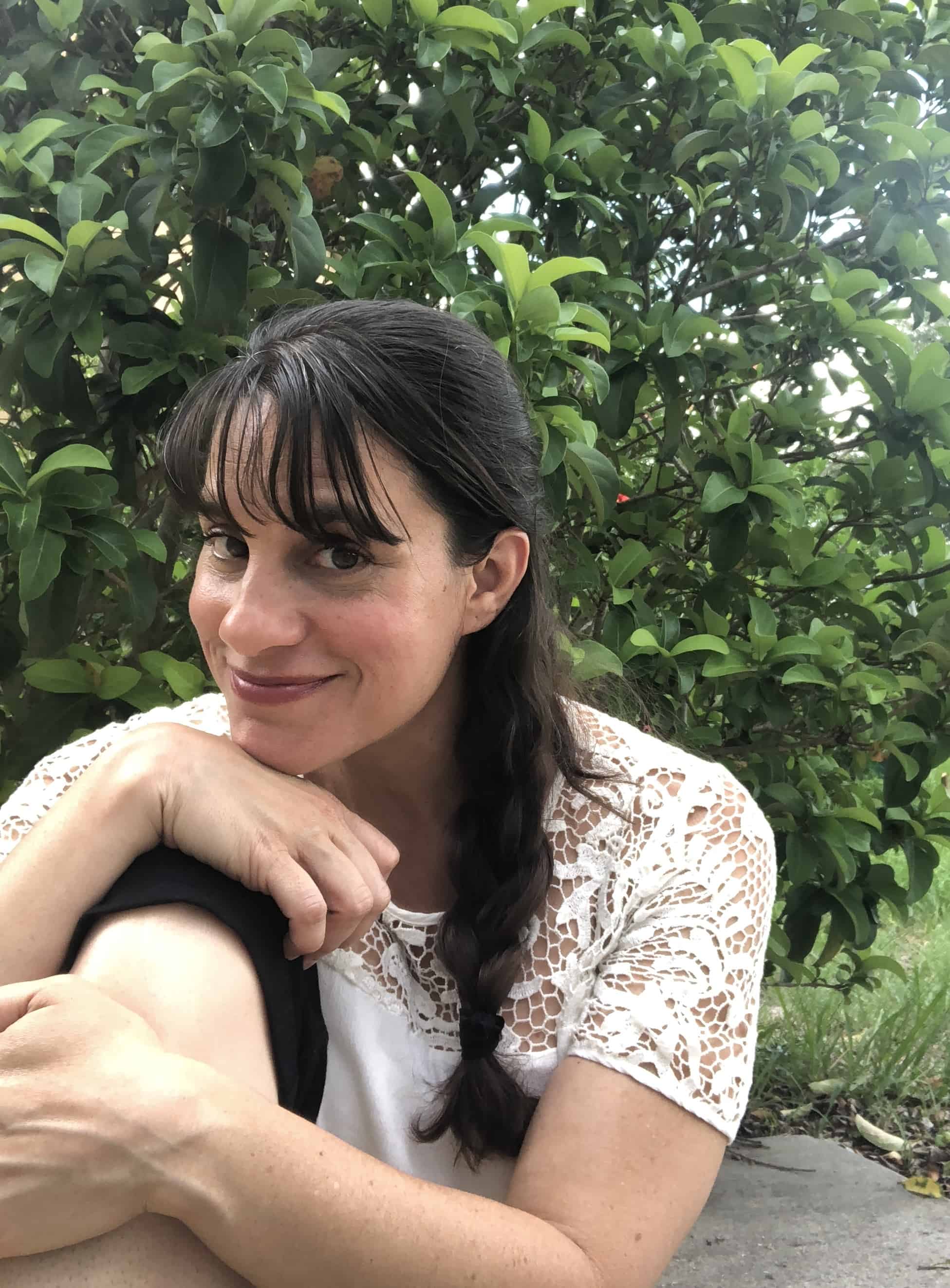It really is easy to want to be mindful, present and pay attention to the times in our lives when we are feeling happy and fulfilled. But what about those times when life feels heavy, we’re thrown a curveball or things aren’t going our way? At times such as these, most of us instinctively want to shut out uncomfortable thoughts and emotions.

Contrary to what some people believe, being mindful doesn’t mean we should try to push away a negative emotion or cover it with fluffy bliss. Mindfulness isn’t about being positive all the time or masking painful feelings with useless affirmations. Instead, it means to be present and observe anything and everything that happens to us at any given moment, without judgment. During difficult times, mindfulness asks us to feel the fullness of the pain, the anger, the guilt, the sadness. As a result, we create some space around the emotion and we can see it for what it actually is.
Typically, emotions combine thoughts (“Ann was just so rude to me.”) with feelings (a tightness of the chest, clenched jaw, rapid breathing). These thoughts and feelings come at us in quick combinations and create a vicious cycle. If we choose to accept the moment as is and become present, we can notice this process. Our focus is to stay with the difficulty and lean toward it, rather than turn away from it. We can then watch it, without judging or trying to change it. Instead, we just let it be. This awareness will let us notice that the emotions are not permanent, that they come and go in waves.
Becoming mindful and paying attention even when we are experiencing difficult emotions or situations can actually help our state of mind and allow us to better approach these moments. A lot of the suffering or anxiety we experience when faced with unwanted emotions stems not from the emotion itself, but rather the stories we tell ourselves about the experience. We may pay too much attention to our thoughts about any given situation or the way we feel about it. However, we forget these thoughts are typically not facts, but rather ideas or stories we create ourselves. The more we can meet each difficult moment or emotion with kindness, compassion and presence, the easier we can move through it.

When we are able to sit side-by-side with all our emotions, even those we are not particularly fond of, we can fully experience them for what they are. We can look at them objectively and withdraw the added labels that we place on everything we are feeling. With this approach, we can open our minds and hearts to more effectively manage those emotions and move on from them. It’s almost as though we give ourselves permission to feel difficult emotions, much like you would do for a loved one. Sitting with your discomfort empowers you to investigate the feelings rather than fighting yourself and trying to “push through” uneasiness.
Eckhart Tolle defines stress as wanting the moment to be something that is not. So, when we fight against our negative feelings, we are literally creating stress for ourselves. Instead, take a breath and accept the moment as it is. Keep in mind that acceptance doesn’t equal resignation. Rather, acceptance means recognizing the actuality of things, not your story about it. You will notice you are not your pain, suffering or discomfort.
The next time you find yourself resisting one of those difficult emotions you would prefer to forget, choose a new reaction. Let yourself fully feel what is happening in your mind and body and recognize your relationship to it. Rather than swimming against the current, let yourself flow with it.
You will most likely find you can detach from difficult emotions faster and feel better prepared to make a choice in your reactions: focusing on what you CAN do, rather than what you cannot. Relief arrives when we recognize and accept what is and allow the impermanence of every moment, good or bad.


